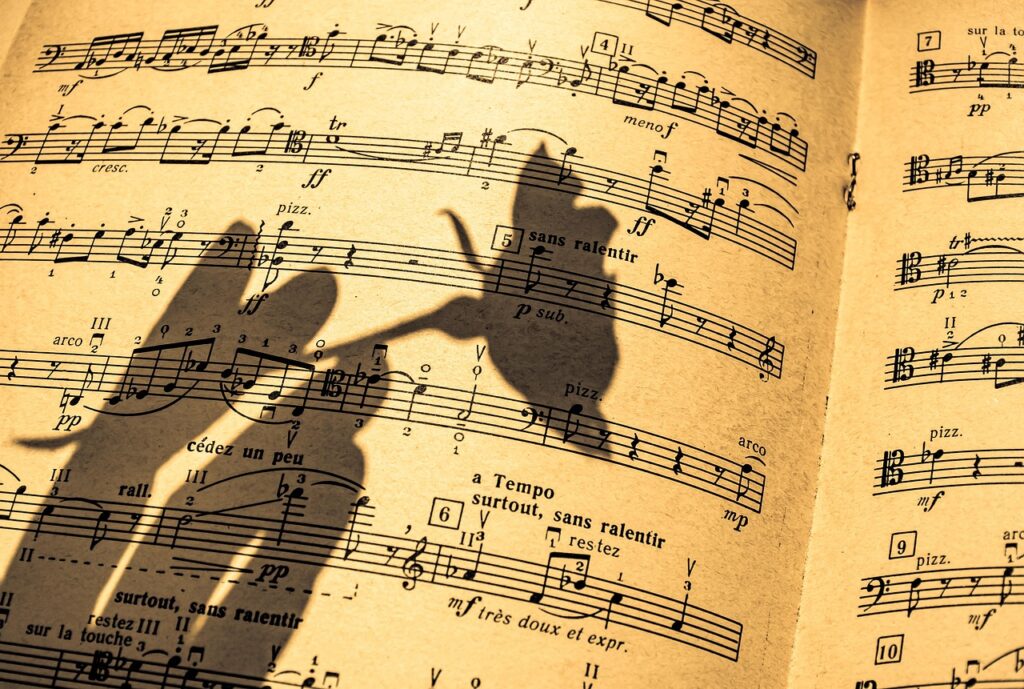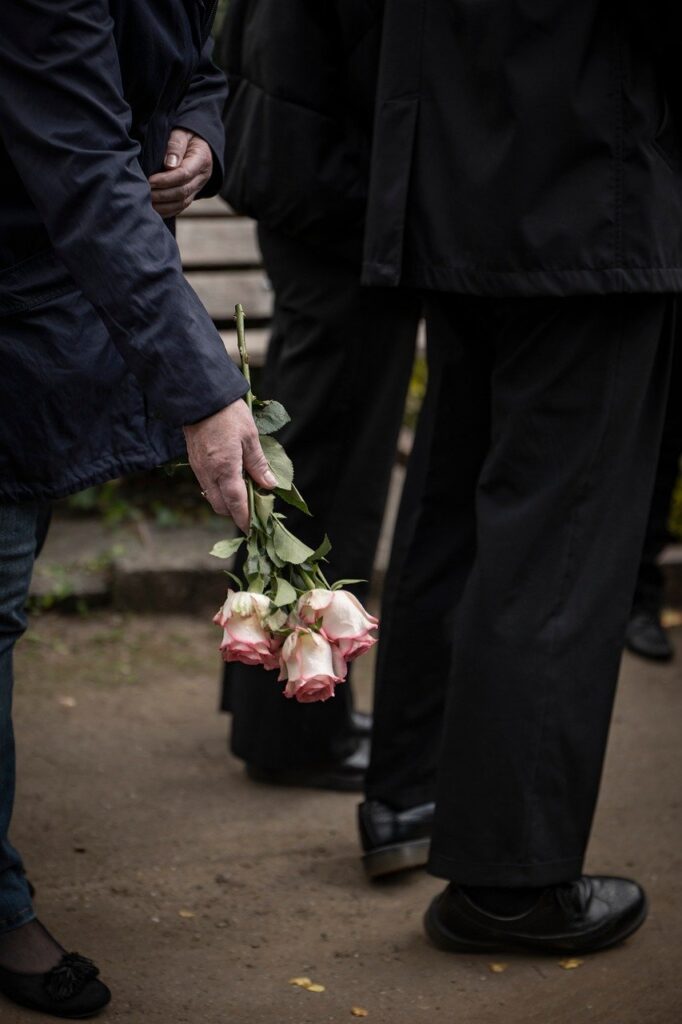
The music world recently dimmed with the passing of Jerry Miller, the prodigious guitarist whose indelible mark on the landscape of psychedelic rock resonated deeply through his work with the legendary Moby Grape. Miller, who died in Tacoma on July 20, 2024, at the age of 81, leaves behind a legacy defined by innovative fretwork and a songwriting sensibility that helped define an era. His contributions were not just instrumental but foundational, shaping a sound that was both intricate and electrifying, capable of transporting listeners to new sonic realms.
Moby Grape, formed in the vibrant San Francisco scene of 1966, was a band ahead of its time, lauded for its unique blend of rock, folk, blues, and psychedelia. As the lead guitarist in a formidable three-guitar lineup, Jerry Miller was at the very heart of this sonic alchemy. His playing was characterized by a rare blend of technical prowess and soulful expression, earning him a place among the most revered guitarists in rock history and ensuring that Moby Grape’s albums became essential listening for generations of musicians and fans alike.
Indeed, Miller’s influence extended far beyond his immediate band, touching the lives and work of some of music’s biggest names. From sharing stages with Jimi Hendrix and Eric Clapton to earning their personal admiration, his talent was undeniable and widely acknowledged. His passing serves as a poignant reminder of an artist whose passionate approach to music profoundly impacted the development of rock and whose spirit will continue to inspire.
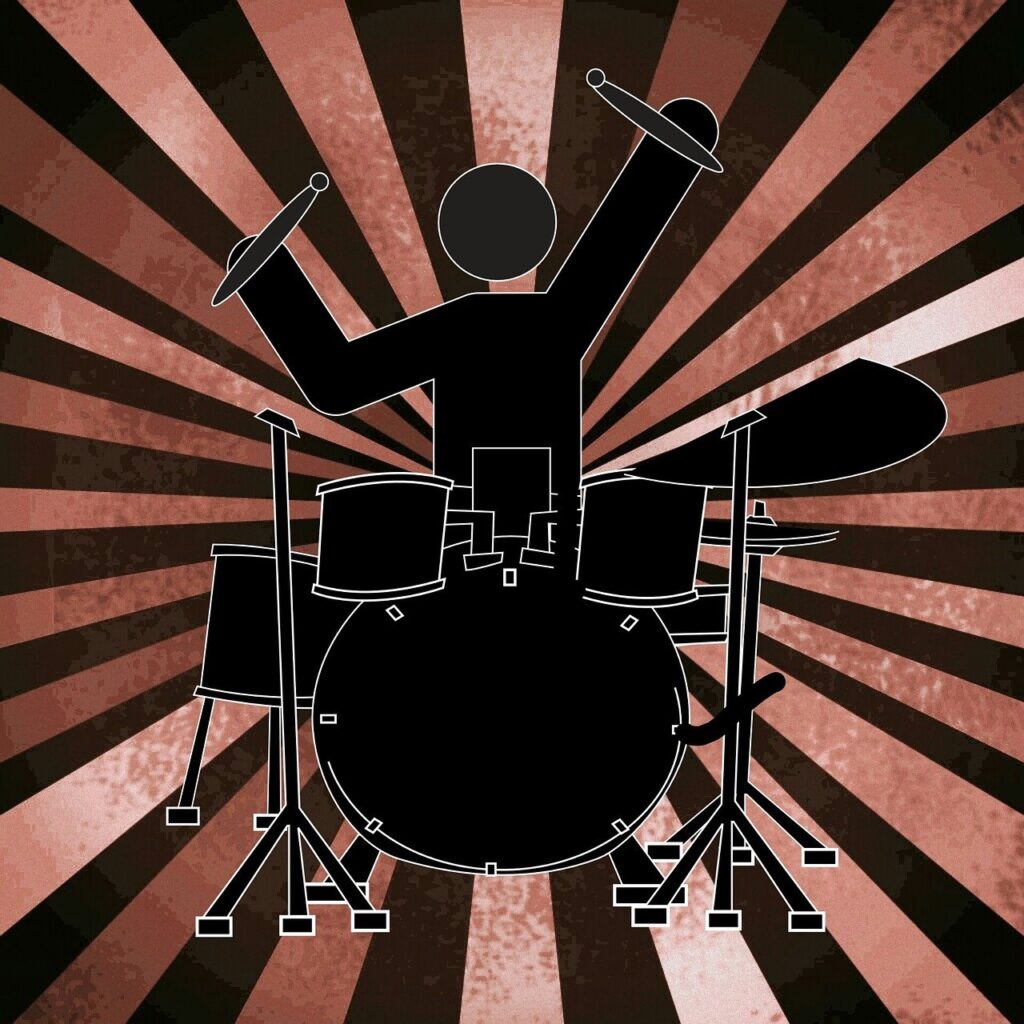
1. **Early Life and Northwest Roots**Jerry Miller’s musical journey began far from the psychedelic havens of San Francisco, rooted instead in the fertile musical grounds of Tacoma, Washington. Born on July 10, 1943, Miller spent his formative years absorbing and contributing to the thriving Northwest dance-rock scene. He attended Lincoln High School in Tacoma through the mid-1960s, a period that saw him honing his skills in local bands.
His career truly kicked off in the late 1950s, where he quickly became an active and respected figure. Miller played and recorded with several popular Northwest dance-rock bands, including the energetic Elegants and the influential Frantics. These early experiences provided a crucial foundation for his distinctive guitar style, allowing him to develop the fluidity and versatility that would later become his hallmark.
A testament to his early impact, Miller even lent his guitar work to an early version of a song that would become a massive hit: “I Fought the Law” by The Bobby Fuller Four. He also toured with Bobby Fuller in a predecessor group to The Bobby Fuller Four, demonstrating his professional engagement and growing reputation long before the Moby Grape era. These early endeavors solidified his status as a significant talent emerging from the Pacific Northwest.
Read more about: A Detailed Look at Oprah Winfrey’s Multi-Million Dollar Real Estate Portfolio: Uncovering the Strategic Investments of a Media Icon

2. **Friendship with Jimi Hendrix and the Spanish Castle Connection**It was during these formative years in Seattle that Jerry Miller forged a significant bond with another nascent guitar legend: Jimi Hendrix. Before either achieved international fame, Miller and Hendrix would frequently cross paths in the local Seattle music scene. This shared environment of burgeoning talent created a unique space for collaboration and mutual inspiration.
Their connection deepened through regular gatherings with another emerging guitarist, Larry Coryell, who was then making a name for himself while attending the University of Washington in Seattle. These three virtuosos would often convene to watch touring bands, soaking in performances and undoubtedly exchanging ideas that would fuel their own groundbreaking music. One particularly memorable haunt was the Spanish Castle, a club located in Des Moines, Washington, situated between Seattle and Tacoma.
The experiences shared at this very venue left such an impression that they were immortalized in one of rock’s most iconic songs. The later Jimi Hendrix track, “Spanish Castle Magic,” was directly based on his experiences and the camaraderie he shared with fellow guitarists, including Jerry Miller, at the Spanish Castle. This anecdote highlights the deep, early connections Miller had with some of the most innovative musicians of his generation.

3. **Formation and Influence of Moby Grape**The trajectory of Jerry Miller’s career took a pivotal turn when he, along with his Frantics bandmate Don Stevenson, relocated to the burgeoning music hub of San Francisco. The vibrant counter-culture movement and exploding rock scene of the mid-1960s provided the perfect crucible for new musical formations. With the crucial addition of Bob Mosley, this trio formed the nucleus of what would soon become the legendary Moby Grape.
Moby Grape officially came together in San Francisco in 1966, quickly making waves with their unique sound and formidable musicianship. The band’s raw talent and innovative approach caught the attention of major labels, leading to their signing with Columbia Records. Under this prestigious banner, Moby Grape would go on to record four seminal albums between 1967 and 1969, each contributing significantly to the psychedelic rock canon.
As the lead guitarist in a band notable for its dynamic three-guitar attack, Jerry Miller’s role was absolutely central to Moby Grape’s distinctive sound. His intricate solos, propulsive rhythms, and melodic sensibilities blended seamlessly with the contributions of his bandmates, creating a rich, layered texture that was both complex and utterly captivating. His leadership on the fretboard provided a guiding force for the band’s groundbreaking musical explorations.
Read more about: The Echoes of Giants: How Enduring Literature Navigates a Fragmented World and a Shifting Cultural Landscape
4. **Moby Grape’s Iconic Songs and Their Impact**Within Moby Grape, Jerry Miller was not just a mesmerizing performer but also a key creative force, contributing significantly to the band’s songwriting success. His collaborations, particularly with Don Stevenson, yielded some of Moby Grape’s most enduring and beloved tracks. These songs not only showcased the band’s musical prowess but also left an indelible mark on the broader rock landscape.
From their self-titled debut album in 1967, Miller co-wrote two of Moby Grape’s best-known songs: the electrifying “Hey Grandma” and the evocative “8.05.” These tracks quickly became fan favorites, embodying the band’s energetic spirit and lyrical depth. Their immediate appeal and lasting quality cemented Moby Grape’s reputation as a band capable of crafting truly memorable rock anthems.
Miller’s songwriting contributions continued with equal strength on subsequent releases. On the “Wow” album, released in 1968, he again teamed with Stevenson to co-write “Murder In My Heart for The Judge.” This song further demonstrated their collaborative strength and Moby Grape’s ability to produce compelling narratives through their music, showcasing a versatility that kept their sound fresh and exciting.
The enduring appeal and influence of these Miller co-writes are evident in the numerous covers by other celebrated artists. “Murder In My Heart for The Judge” was famously covered by both Three Dog Night and Lee Michaels, introducing the song to an even wider audience. Robert Plant, a self-professed admirer, covered “8:05,” while The Move took on “Hey Grandma.” More recently, “Hey Grandma” found new life in the soundtrack to the 2005 film “The Interpreter” and was covered in 2009 by The Black Crowes on their “Warpaint Live” album, underscoring the timeless quality of Miller’s compositions.
5. **The Rhythm Dukes: A Creative Interlude**As Moby Grape’s future became uncertain in the late summer of 1969, Jerry Miller initiated a new creative venture, forming The Rhythm Dukes. This project saw him join forces once again with Don Stevenson, though in a different capacity, as Stevenson played guitar rather than his usual drums. They were joined by John Barrett on bass and John “Fuzzy” Oxendine on drums, assembling a fresh lineup to explore new musical directions.
The band quickly established a collective living and creative space in Santa Cruz, fostering an environment where musical ideas could freely flourish. This period marked an interesting transition for Stevenson, who, it is speculated, preferred drumming and may have departed the band shortly after its formation due to his role on guitar. The core of The Rhythm Dukes, however, continued to evolve.
Their sound was further enriched by the addition of Bill Champlin on organ and vocals. Champlin, alongside Miller, quickly became one of the group’s principal songwriters, contributing significantly to their original material. This new configuration allowed for a rich interplay of talents, pushing the boundaries of their collective sound and delivering captivating performances.
The Rhythm Dukes shared stages with an impressive array of contemporary artists, often being second-billed to legends such as Albert Collins, Lee Michaels, The Flying Burrito Brothers, Canned Heat, The Grateful Dead, and Cat Mother & the All Night Newsboys. They eventually recorded one album in 1970, which saw its release much later in 2005 as “Flashback,” featuring three essential Jerry Miller songs. The band ultimately disbanded in 1971, paving the way for a Moby Grape reformation to record “20 Granite Creek.”

6. **Admiration from Rock Legends**Jerry Miller’s extraordinary talent was not merely appreciated by his bandmates and fans; it garnered profound respect and admiration from a pantheon of rock and blues legends. Throughout his career, Miller had the distinct honor of sharing the stage with some of the most iconic figures in music. These included the unparalleled Jimi Hendrix, the blues-rock titan Eric Clapton, the King of the Blues B.B. King, and the enigmatic psychedelic rock pioneers The Doors.
Beyond shared performances, Miller’s musicianship earned him fervent admirers among his peers, a true mark of his exceptional skill. The list of those who held him in high regard reads like a who’s who of rock royalty: Jimmy Page of Led Zeppelin, Stephen Stills, David Crosby, the venerable Taj Mahal, renowned music critic David Fricke, and the aforementioned Eric Clapton and Robert Plant. Their collective praise underscores the profound impact Miller had on the musical community.
Eric Clapton famously heralded Jerry as the “best guitar player in the world” when he first arrived in the U.S., a testament to Miller’s dazzling prowess. Robert Plant, another vocal admirer, explicitly cited Miller as a major influence for Led Zeppelin, revealing that the iconic band even played Moby Grape songs at its very first rehearsal. This deep level of influence and respect from such titans unequivocally solidifies Jerry Miller’s legendary status in the annals of rock and roll.
Read more about: Secret Tragedies: 12 Beloved DC Movie and TV Actors Whose Quiet Departures Left Lasting Legacies
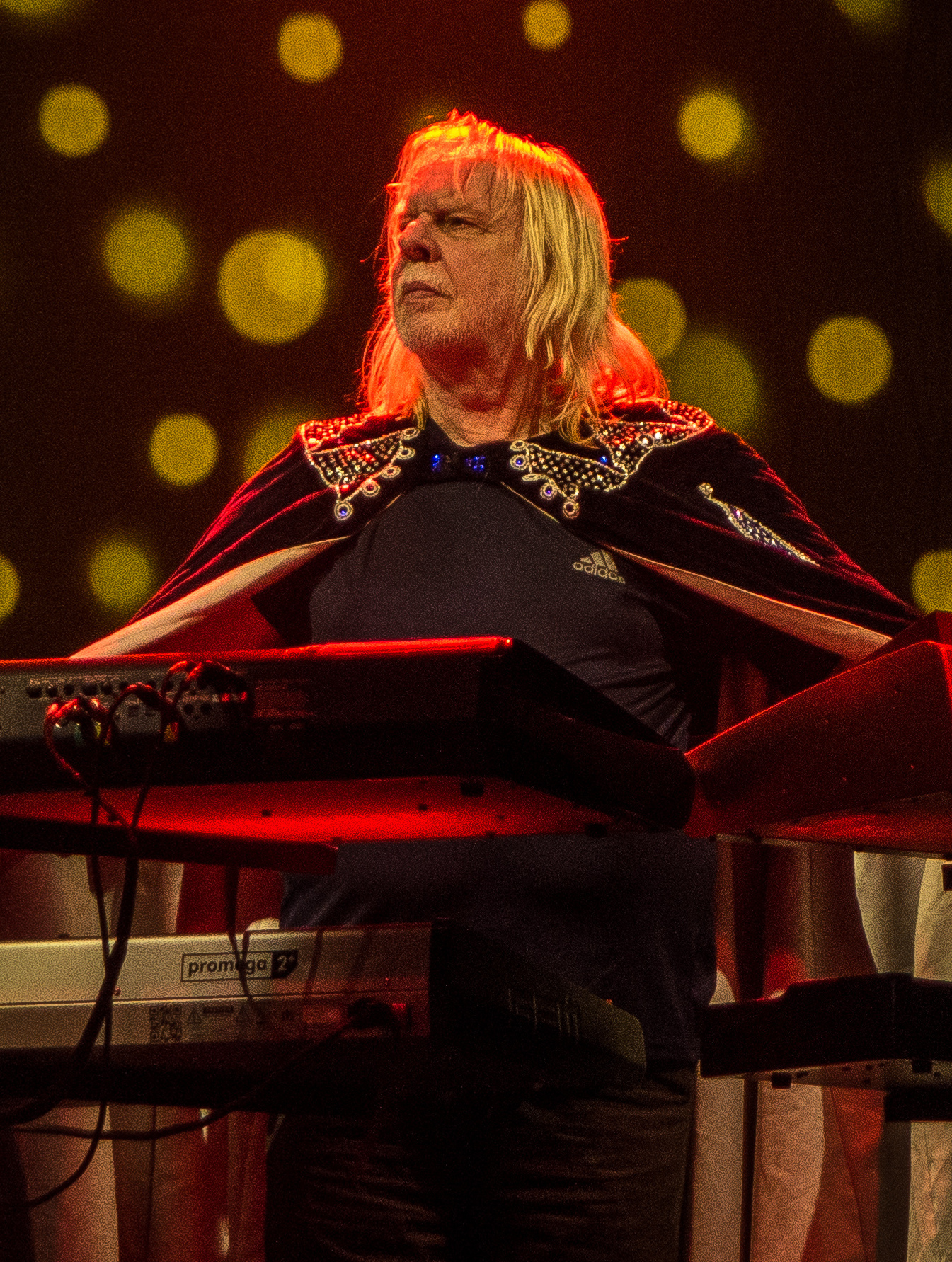
7. **Rolling Stone’s Recognition: A Guitar Hero’s Ranking**The critical acclaim for Jerry Miller’s guitar mastery extended to authoritative music publications, cementing his place among the all-time greats. Rolling Stone, a benchmark for rock journalism, recognized his profound impact by including him on their prestigious 2003 list of the “100 greatest guitarists of all time.” This significant acknowledgment positioned Miller firmly within the elite echelon of guitar heroes.
Landing at number 68 on this revered list, Miller was placed ahead of numerous celebrated and household names in rock history. His ranking surpassed that of virtuosos like Eddie Van Halen (#70), the blues-rock powerhouse Johnny Winter (#74), The Band’s Robbie Robertson (#78), Pink Floyd’s David Gilmour (#82), Neil Young (#83), The Doors’ Robbie Krieger (#91), AC/DC’s Angus Young (#96), and Leigh Stephens (#98). This speaks volumes about the distinctiveness and enduring quality of his playing style, which stood out even among such formidable company.
Rolling Stone’s description of Miller’s technique captured the essence of his artistry: “His playing was never self-indulgent, and his soloing was propulsive, always aware of where the song was headed.” This insightful observation highlights his musical intelligence and commitment to serving the song, rather than merely showcasing technical flash. The article further cited “Hey Grandma,” from Moby Grape’s seminal first album, as an essential recording that exemplifies Jerry Miller’s unparalleled guitar work and enduring genius.
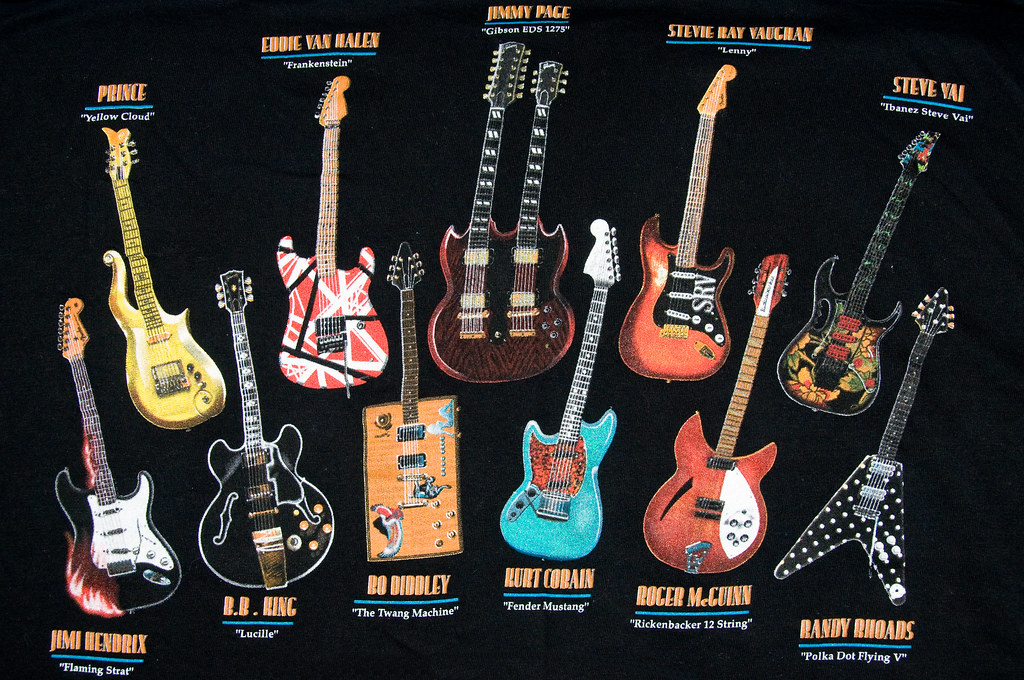
8. **His Iconic Guitar, “Beulah”**For decades, one instrument remained a constant companion through Jerry Miller’s storied career: his beloved Gibson L-5 CES Florentine guitar. Affectionately named “Beulah,” this instrument wasn’t just a tool; it was an extension of Miller’s musical soul, witnessing countless performances and shaping the intricate sounds that became his signature.
“Beulah” played a pivotal role in crafting Miller’s distinctive guitar voice, a sound that blended fluidity with a soulful expression. From the psychedelic flourishes of Moby Grape to his later solo endeavors, the Gibson L-5 CES Florentine was instrumental in delivering the propulsive, song-serving solos that earned him such widespread admiration. It became synonymous with his presence on stage, a visual and sonic emblem of his artistry.
This cherished guitar was more than a mere piece of equipment; it was a testament to Miller’s enduring dedication to his craft and his consistent pursuit of musical excellence. The connection between an artist and their instrument often runs deep, and for Jerry Miller, “Beulah” was undoubtedly a trusted confidante, a conduit through which his extraordinary musical visions found their way to the world.

9. **Post-Moby Grape Endeavors: Continuing Career (1971-1995)**Following the initial Moby Grape chapter and his creative interlude with The Rhythm Dukes, Jerry Miller embarked on a continuous journey through music that further solidified his reputation among the pantheon of rock guitarists. His talent was simply too immense to be confined, leading him to share stages with a staggering array of legendary figures, a testament to his peerless skill and the universal language of his music.
Over these decades, Miller’s resume glittered with collaborations and shared performances alongside titans such as Jimi Hendrix, Eric Clapton, the undisputed King of the Blues B.B. King, and the enigmatic psychedelic trailblazers The Doors. These aren’t merely names dropped for effect; they represent genuine encounters between musical giants, each artist recognizing and respecting the profound abilities of the other.
Indeed, the admiration for Miller’s musicianship transcended casual acquaintance, reaching deep into the hearts of his contemporaries. Jimmy Page of Led Zeppelin, the influential Stephen Stills, the lyrical David Crosby, the venerable Taj Mahal, and the keenly discerning music critic David Fricke all counted themselves among Miller’s fervent admirers. Their collective praise paints a vivid picture of an artist whose impact was felt keenly across the musical spectrum.
Perhaps the most potent endorsements came from Eric Clapton, who famously declared Jerry the “best guitar player in the world” upon his first arrival in the U.S., and Robert Plant. Plant explicitly cited Miller as a major influence for Led Zeppelin, revealing that the legendary band even played Moby Grape songs at its very first rehearsal. Such profound respect from rock royalty unequivocally etches Jerry Miller’s name into the hallowed halls of music history, confirming his legendary status.
10. **Return to Tacoma and The Jerry Miller Band (After 1995)**After years spent navigating the dynamic currents of the wider music world, Jerry Miller found himself drawn back to his origins, establishing his base in Tacoma, Washington, from 1995 onward. This return to his childhood home was more than just a geographical shift; it represented a reconnection with the roots that had nurtured his earliest musical impulses and shaped his unique sound.
Back in Tacoma, Miller continued his artistic pursuit, fronting The Jerry Miller Band. This ensemble became his primary vehicle for expression, featuring a rotating cast of talented musicians including Tom Murphy and Darin Watkins on drums, and Kim Workman on bass. Together, they carried forward the spirit of Miller’s innovative guitar work, delighting audiences with his distinctive blend of rock and blues.
The Jerry Miller Band’s commitment to live performance was undeniable. In July 2007, they journeyed to Monterey, a site steeped in rock history, to participate in the 40th Anniversary of the Monterey Pop Festival. This performance underscored Miller’s enduring relevance and his ability to captivate new generations while celebrating a pivotal moment in music culture, proving that his fire for music burned as brightly as ever.

11. **Community Engagement and Benevolence: The Rick Burton Benefit**Jerry Miller’s generosity and deep sense of community were as much a part of his character as his blistering guitar solos. This was profoundly demonstrated in July 2008, when he actively participated in a benefit concert aimed at raising crucial funds for the medical care of Rick Burton. Burton, a close personal friend and bassist in The Jerry Miller Band, had faced a life-altering assault, leaving him in dire need of support.
The bond between Miller and Burton stretched back decades, to their early days playing together in The Elegants. This long-standing camaraderie underscored Miller’s commitment to his friend during a time of immense hardship. The benefit was not just a one-off event, but a powerful example of musicians rallying to support one of their own, echoing the collective spirit that often defines local music scenes.
Beyond immediate crisis, Miller’s vision for community support extended further. In 2005, he himself had been the beneficiary of a similar outpouring of support, leading to the establishment of the Jerry A. Miller Foundation for the Advancement of The Arts. The foundation’s objective was noble: to utilize local facilities to provide essential practice and teaching spaces for local musicians, fostering the next generation of talent.
The “Harm None” benefit for Rick Burton served a dual purpose: raising funds for his recovery while also shining a spotlight on the broader issue of violence in Tacoma. It was a poignant moment where music, compassion, and a plea for peace converged, illustrating Jerry Miller’s role not just as an artist, but as a caring member of his community, dedicated to both its cultural enrichment and its well-being.

12. **The “California ’66” Tour and Unexpected Substitutions**Even in the later stages of his career, Jerry Miller’s musical drive remained undiminished, leading him to embark on new adventures that showcased his timeless talent. The summer of 2009 saw him join the highly anticipated “California ’66” package tour, a nostalgic yet vibrant celebration featuring reformed versions of iconic bands such as The Electric Prunes and Love.
Miller’s participation in this tour came with an unexpected twist. He stepped in to substitute for Sky Saxon, the legendary frontman of The Seeds, who had tragically passed away just a month before the tour was scheduled to commence. This last-minute addition not only demonstrated Miller’s versatility and readiness to honor a peer but also ensured that the tour could proceed with a high caliber of musicianship.
Notably, on this tour, Jerry Miller performed with his own band rather than a configuration of Moby Grape. This choice highlighted his independent artistic identity and his continued commitment to his current projects, allowing audiences to experience his singular guitar prowess and songwriting outside the specific context of his most famous ensemble. It was a powerful reminder of his enduring presence in the live music circuit.

13. **Personal Challenges: The Devastating Flood of 2009**Life, even for a lauded musician, can present unforeseen challenges that transcend the spotlight and the stage. In January 2009, Jerry Miller faced a devastating personal setback when a flood claimed almost all of his personal possessions and an irreplaceable trove of career memorabilia. This wasn’t merely a loss of material goods, but a painful erasure of tangible memories from a lifetime dedicated to music.
Among the items tragically lost were countless concert tapes and invaluable photographs, many of which captured moments shared with fellow musical legends like Jimi Hendrix and Robert Plant. These items were more than just relics; they were historical documents, chronicles of rock and roll’s golden era, and deeply personal touchstones of Miller’s extraordinary journey.
In response to this heartbreaking misfortune, the Tacoma music community, ever loyal to one of its most cherished sons, once again rallied around Miller. Local musicians organized two benefit concerts, providing much-needed financial assistance to help him rebuild after such a significant and soul-crushing loss. This collective act of solidarity underscored the deep bonds within the music world and the profound respect held for Jerry Miller, not just as an artist but as a human being.
Read more about: Unraveling the Shadows: The Unresolved Questions Surrounding the Death of Diddy’s Key Associate
14. **An Enduring Legacy and Final Farewell**Jerry Miller’s passing on July 20, 2024, at the age of 81 in Tacoma, Washington, marked the end of an era, but his indelible contributions to music ensure that his legacy will resonate far beyond his lifetime. He was a foundational architect of psychedelic rock, his guitar work with Moby Grape a masterclass in complexity, emotion, and sheer power. His artistry transcended mere technicality, speaking directly to the soul of listeners and influencing generations of musicians.
From his early days navigating the burgeoning Northwest dance-rock scene and forging bonds with Jimi Hendrix, to co-writing iconic Moby Grape tracks that continue to be covered by legends, Miller’s career was a tapestry woven with innovation and influence. His distinctive approach, praised by titans like Eric Clapton and Robert Plant, set a standard for guitarists, proving that virtuosity could be both breathtaking and deeply attuned to the narrative of a song.
Beyond the studio and the stage, Miller’s story is one of a musician deeply connected to his roots and community. His return to Tacoma, his leadership of The Jerry Miller Band, and his benevolent efforts to support fellow artists demonstrated a character as rich and multifaceted as his music. Even in personal adversity, the outpouring of support from his peers underscored the profound respect and affection he inspired.
His inclusion on Rolling Stone’s list of the “100 greatest guitarists of all time” is more than just a ranking; it is a permanent testament to his singular talent and enduring significance. It places him firmly in the pantheon of rock and roll’s most inventive and impactful figures, whose sound helped define an entire genre and continues to inspire awe.
Read more about: Unpacking the Cosmos: 14 Mind-Blowing Facts About Stars, From Their Fiery Births to Cosmic Demise
Jerry Miller’s music was, and remains, a vibrant, electrifying current flowing through the very veins of rock. While the world may mourn the loss of a true original, the riffs, melodies, and spirit he poured into every note will continue to echo, a timeless reminder of the profound genius of a guitarist who truly knew how to make his instrument sing. His was a life lived in tune, and his song will play on forever.


